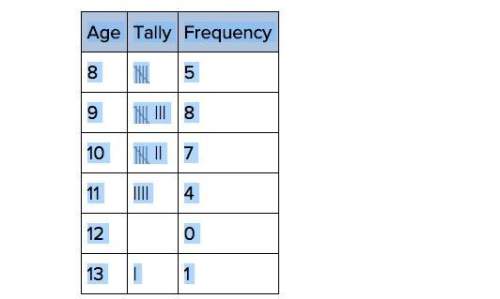
Mathematics, 05.09.2020 07:01 stussydaniel
Most savings accounts advertise an annual interest rate, but they actually compound
that interest at regular intervals during the year. That means that, if you own an
account, you'll be paid a portion of the interest before the year is up, and, if you keep
that payment in the account, you'll start earning interest on the interest you've already
earned
For example, suppose you put $500 in a savings account that advertises 5% annual
interest. If that interest is paid once per year, then your balance B after t years could be
computed using the equation B = 500(1.05)', since you'll end each year with 100% +
5% of the amount you began the year with.
On the other hand, if that same interest rate is compounded monthly, then you would
compute your balance after t years using the equation
.05121
B = 500(1 +
0(1+3)
a. Why does it make sense that the equation includes the term ? That is, why are we
dividing.05 by 12?
b. How does this equation reflect the fact that you opened the account with $500?
c. What do the numbers 1 and the represent in the expression (1 + i)?
d. What does the "128" in the equation represent?

Answers: 1


Another question on Mathematics

Mathematics, 21.06.2019 18:30
First to answer all gets a donation question 3(multiple choice worth 1 points) (04.01 lc) which of the following levels is lower than cells in the hierarchy of organization of living things? molecules organs organ systems tissues question 4(multiple choice worth 1 points) (04.01 lc) which of these represents an individual form of life such as an animal, plant, or single-celled life form? organ organism organ system tissue question 5(multiple choice worth 1 points) (04.03 lc) what are the green structures inside plant cells where photosynthesis takes place called? chloroplast mitochondrion nucleus vacuole question 6(multiple choice worth 1 points) (04.03 lc) which of the following best matches a part of a living cell with the function it performs? cytoplasm: fluid which carries the nucleus and other organelles vacuole: fluid which carries the nucleus and other organelles cytoplasm: directs all of the cell's activities vacuole: directs all of the cell's activities question 7(multiple choice worth 1 points) (04.03 mc) read the table below. organelles of plant cells present in both plants and animals present in plants but not animals small in animals but large in plants organelle a organelle b organelle c which statement is most likely correct? organelle a is chloroplast, organelle b is cytoplasm, and organelle c is nucleus. organelle a is mitochondrion, organelle b is cytoplasm, and organelle c is nucleus. organelle a is cell wall, organelle b is chloroplast, and organelle c is mitochondrion. organelle a is mitochondrion, organelle b is chloroplast, and organelle c is vacuole. question 8(multiple choice worth 1 points) (04.03 mc) what will most likely happen in the absence of a nucleus? genetic information will not be transmitted by the cell. energy will not be released during cellular respiration. the cell will not store food, water, nutrients, and waste. the cell will lose its shape and structure.
Answers: 1

Mathematics, 21.06.2019 20:10
Over which interval is the graph of f(x) = x2 + 5x + 6 increasing?
Answers: 1

Mathematics, 21.06.2019 22:00
Determine if the equation defines y as a function of x: 2xy = 1. yes o no
Answers: 2

Mathematics, 22.06.2019 00:00
Heather is riding a quadratic function that represents a parabola that touches but does not cross the x-axis at x=-6
Answers: 1
You know the right answer?
Most savings accounts advertise an annual interest rate, but they actually compound
that interest a...
Questions

Social Studies, 27.03.2020 19:17


English, 27.03.2020 19:18




Physics, 27.03.2020 19:18





English, 27.03.2020 19:18




Mathematics, 27.03.2020 19:18

Arts, 27.03.2020 19:18






